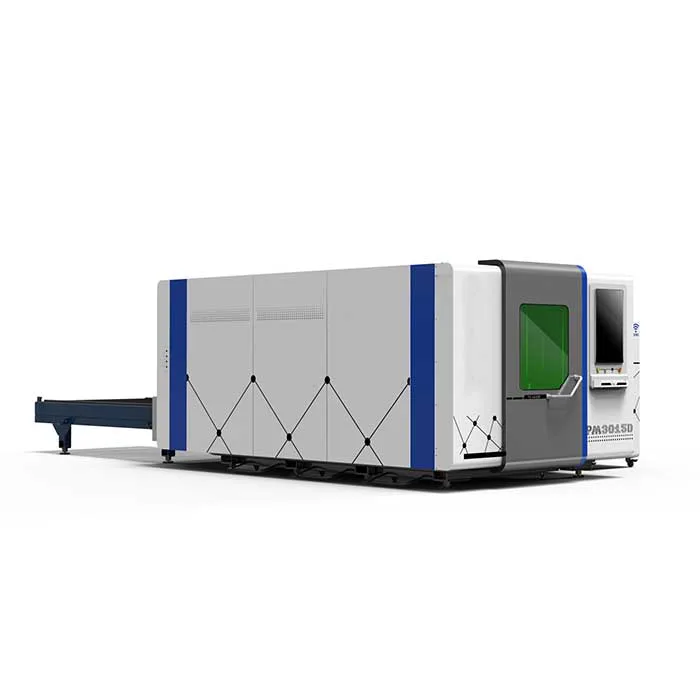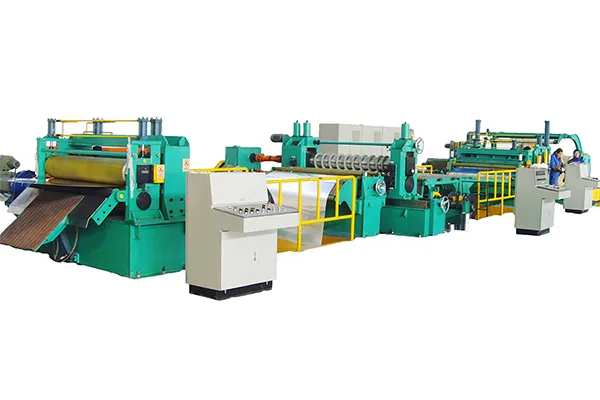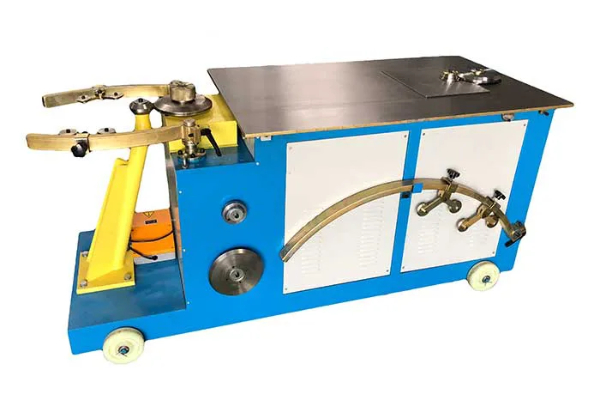
Exploring Different Laser Types and Their Impact on Iron Cutting
- By:Metmac
- 2024-07-10
- 155
Laser cutting is a precise and efficient process widely used in various industries, including metal fabrication and manufacturing. Among the different materials used in laser cutting, iron holds a significant place due to its strength, durability, and versatility. Understanding the impact of different laser types on iron cutting is paramount for optimizing cutting performance, efficiency, and product quality.
CO2 Lasers
CO2 lasers have been extensively employed in iron cutting for decades. They produce a continuous-wave (CW) beam with a wavelength of 10.6 μm. Due to their high power output and excellent beam quality, CO2 lasers are suitable for cutting thick iron sheets efficiently. However, they require a higher energy consumption and more frequent maintenance compared to other laser types.
Fiber Lasers
Fiber lasers have gained popularity in recent years for iron cutting. They emit a pulsed beam with a wavelength of 1.06 μm. Their compact design, high energy efficiency, and low maintenance requirements make them a preferred choice for intricate cutting operations. Fiber lasers excel in cutting thin iron sheets with precision and speed, producing clean and burr-free edges.
UV Lasers
UV lasers operate with an ultraviolet wavelength ranging from 193 nm to 355 nm. They generate short pulses with high peak power, enabling precise cutting of thin iron sheets. UV lasers offer superior cut quality, minimizing heat-affected zones and reducing edge oxidation. Their high resolution and low distortion make them ideal for applications requiring intricate detailing and fine features.
Excimer Lasers
Excimer lasers emit high-energy pulses in the ultraviolet wavelength range, typically between 157 nm and 351 nm. These lasers are particularly effective for cutting very thin iron sheets in the micrometer range. They offer high precision and minimize thermal damage to the surrounding material. Excimer lasers are commonly employed in semiconductor manufacturing and microelectronics applications.
Pulsed vs Continuous Wave Lasers
Laser cutting can be performed using pulsed or continuous wave (CW) lasers. Pulsed lasers generate high-energy pulses at specific intervals, while CW lasers produce a continuous beam. Pulsed lasers offer advantages for cutting thick iron sheets, as they minimize the heat-affected zone and reduce distortion. On the other hand, CW lasers provide higher cutting speeds and are better suited for thin iron sheets, ensuring smooth and precise cuts.
Choosing the Right Laser for Iron Cutting
The selection of the appropriate laser type for iron cutting depends on various factors, including sheet thickness, desired cut quality, precision requirements, and production volume. For thick iron sheets, CO2 lasers are commonly employed due to their high power output and cost-effectiveness. Fiber lasers are suitable for thin iron sheets, providing excellent cut quality and high cutting speeds. UV and excimer lasers are preferred for precise cutting of very thin iron sheets, offering high resolution and minimal thermal damage. Pulsed lasers are recommended for cutting thick iron sheets with minimized distortion, while CW lasers are better suited for thin iron sheets with high cutting speeds.
-
Mastering Form and Force: A Guide to Modern Metal Plate Bending Machines
2025/12/16 -
Demystifying Sheet Metal Laser Cutting Machine Price: The METMAC Value Perspective
2025/12/16 -
Metal Sheet Machinery: The Engine of Modern Fabrication and the METMAC Advantage
2025/12/16 -
Beyond the Bend: The Power and Precision of the Modern Sheet Profile Machine
2025/12/16
-
Advanced Sheet Metal Rolling, Laser Cutting, and Folding Machines for Precision Fabrication
2025/10/31 -
High-Performance Sheet Metal Bending and Cutting Machines for Modern Fabrication
2025/10/31 -
High-Quality Sheet Metal Equipment for Sale: Efficient Solutions for Modern Manufacturing
2025/10/31 -
High-Performance Sheet Metal Equipment for Sale: Forming and Shearing Solutions for Modern Fabrication
2025/10/22
-
A Guide to the Latest Innovations in Sheet Metal Folding Machines
2024/11/29 -
Key Features to Consider When Investing in a Sheet Metal Folding Machine
2024/11/28 -
Enhancing Precision with Advanced Sheet Metal Folding Machines
2024/11/27 -
How to Choose the Right Sheet Metal Folding Machine for Your Workshop
2024/11/26







